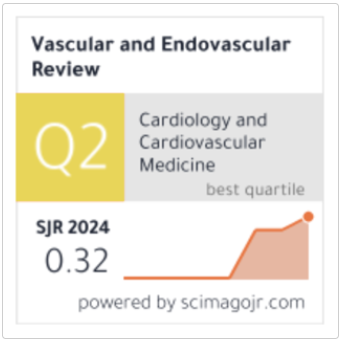Role of Dyslipidemia Profile and Coronary CT Angiography as Non-invasive Indicators for Atheroma Formation in Diabetic Patients
Keywords:
Diabetes mellitus, coronary CTA, dyslipidemia, atheroma detection, risk assessment, plaque characterization.Abstract
Background: Diabetes markedly increases coronary artery disease (CAD) risk through dyslipidemia and vascular dysfunction. Early detection of atheromatous changes is vital but remains challenging with traditional methods.
Objective: To assess the combined predictive value of dyslipidemia profiles and coronary computed tomography angiography (CCTA) for early detection of coronary atheroma in diabetic patients.
Methods: A prospective study included 50 diabetics patients presenting with chest pain along with 50 non-diabetic individuals matched by age and sex. Clinical data, lipid parameters (LDL-C, HDL-C, triglycerides, and atherogenic index), and CCTA findings, plaque type, extent, and stenosis, were analyzed. Statistical correlations and regression models evaluated associations between lipid profiles and coronary pathology.
Results: Diabetics showed higher prevalence (82% vs. 56%) and greater severity of plaques, mainly mixed and non-calcified. Elevated LDL-C and triglycerides strongly correlated with plaque burden and multi-vessel disease (r > 0.58, p < 0.01), while HDL-C demonstrated a protective inverse relationship. The atherogenic index was a robust predictor of plaque presence and complexity. CCTA detected subclinical, non-calcified plaques effectively, surpassing calcium scoring in sensitivity.
Conclusion: Combining lipid profiles, particularly the atherogenic index, with CCTA improves early, non-invasive detection of coronary atheroma in diabetics. This integrated approach can enhance risk stratification and guide personalized interventions. Further large-scale, longitudinal studies are necessary to validate these findings.








